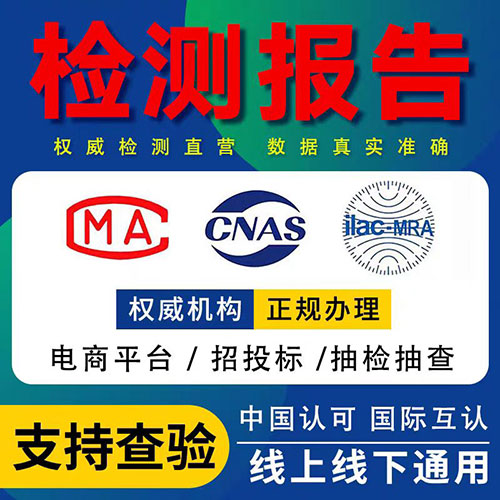符合RoHS要求 英语
What is RoHS?
RoHS stands for Restriction of Hazardous Substances. It is a directive set forth by the European Union that restricts the use of certain hazardous materials in the production of electronic and electrical devices. The goal of RoHS is to reduce the environmental impact of electronic waste by limiting the use of harmful materials during production.
Which substances are restricted?
The RoHS directive restricts the use of six hazardous substances:
Lead (Pb)
Cadmium (Cd)
Mercury (Hg)
Hexavalent chromium (Cr6+)
Polybrominated biphenyls (PBB)
Polybrominated diphenyl ethers (PBDE)
How does RoHS affect manufacturers?
Manufacturers that produce and sell electronic and electrical devices within the EU must comply with RoHS regulations. Failure to comply can result in legal and financial penalties. As a result, manufacturers must implement procedures for verifying the absence of restricted substances in their products and obtain certification.
How does RoHS affect consumers?
RoHS compliance ensures that electronic devices are free from hazardous materials, making them safer to use and dispose of. Consumers can also make informed decisions when purchasing electronic devices by looking for the RoHS certification mark.
What are the benefits of RoHS?
The RoHS directive has several benefits, including:
Protection of the environment
Reduction of electronic waste
Improved human health and safety
Creation of a level playing field for manufacturers
Conclusion
As electronic devices continue to play a pivotal role in our lives, it's important to recognize the impact they have on the environment and human health. RoHS is a significant step towards reducing the use of hazardous materials in electronic devices, and the benefits are far-reaching. By complying with RoHS regulations, manufacturers can not only improve their environmental impact but also increase consumer trust and safety.


 有样品要送检?试试一键送检,15分钟极速响应
有样品要送检?试试一键送检,15分钟极速响应



